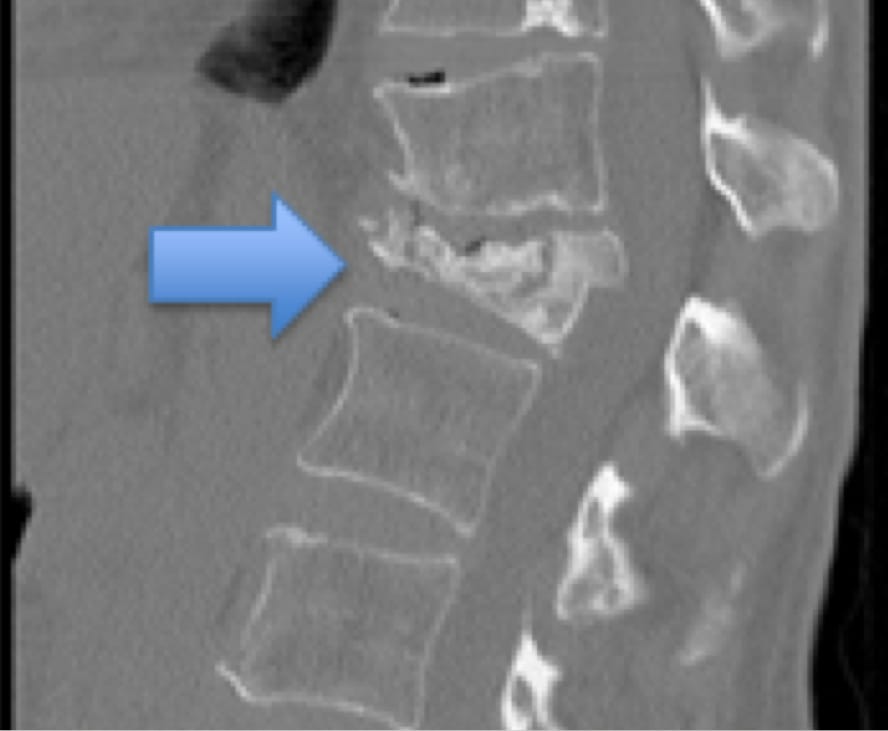
Unlike adults with mental illness, children are diagnosed on the basis of signs and symptoms that point to a particular illness, not oddities. Fracture risk increases with age, with four in 10 white. They may also look for signs of other illnesses associated with strange conditions, such as ADHD or depression. Vertebral compression fractures (VCFs) are the most common complication of osteoporosis, affecting more than 700,000 Americans annually. To make an accurate diagnoses, doctors use tests such as neuroimaging studies and blood tests if they suspect that there is a medical cause for the behavior or problems. If they can’t find a physical cause for the symptoms, they refer the child to a child or adolescents psychiatrist, psychologist or psychologist trained in the diagnosis and treatment of mental illness in children and adolescents.
#L1 compression fracture icd 10 full
If symptoms of Oppositional Defiant Disorder ICD 10 are present, doctors begin the assessment by carrying out a full medical history and physical examination. About every 10 to 20 years, the ICD codes are revised to reflect changes. Oppositional Defiant Disorder ICD 10 Diagnosis
#L1 compression fracture icd 10 code
When a child is diagnosed with Oppositional Defiant Disorder ICD 10, the symptoms must be persistent and last for at least six months. 13.2.2 ICD 10 Code 13.2.4 Clinical Presentation Unspecified fracture of thoracic.

Oppositional Defiant Disorder ICD 10 Symptoms

problems with parents associated with lack of supervision, inconsistent or harsh discipline, abuse or neglect.neurobiological differences in the functioning of nerves and the brain.genetic and environmental factors (such as genetics, children’s natural predisposition and temperament).


 0 kommentar(er)
0 kommentar(er)
